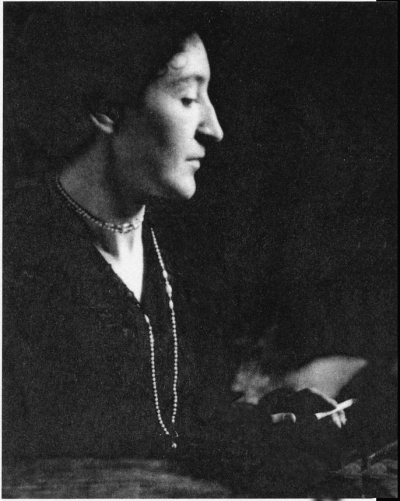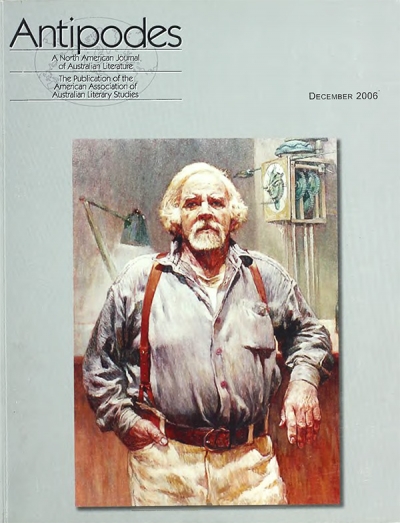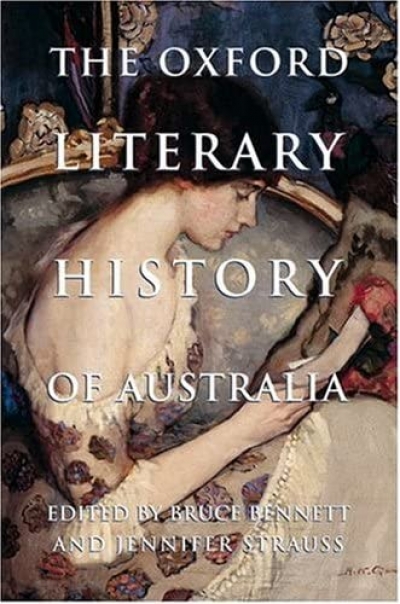Australian Literature
A Companion to Australian Literature Since 1900 edited by Nicholas Birns and Rebecca McNeer
Antipodes, vol. 21, no. 1, 2007 edited by Nicholas Birns & Southerly, vol. 67, no. 1-2, 2007 edited by David Brooks and Noel Rowe
The year was 1911. Four months after beginning work on a new novel, Henry Handel Richardson admitted to herself the ambitious scope of her new project: ‘I have another Colosse on hand, & it begins to grow, though slowly.’ This aptly nicknamed project was eventually to become the trilogy we know as The Fortunes of Richard Mahony, which was to occupy its author for the next twenty years. Length is not synonymous with ‘greatness’, of course. At almost eleven hundred printed pages, some readers have resented its bulk. At the same time, relatively few have had the opportunity to read the original volumes. Others have been puzzled by its combination of naturalism and allegory, and many more have been struck by an epic quality in its scope and vision. Kylie Tennant assured her readers in 1973 that ‘should any TV producer ever … take the great myth of Richard Mahony into the television medium, a new generation would discover that Mahony is not just a piece of Victorian literary furniture, but has the same weird power to grip an audience as Hamlet or Lear. For if ever there was a myth figure it was Richard Mahony.’ Richardson herself believed that her intention had been ‘to treat the chief features of colonial life in epic fashion’. Dorothy Green argued in 1970 that the novel should be seen as ‘not merely an emigrant novel of early colonial Victoria, but … [as] a part of the intellectual history of European civilisation in the nineteenth century.’ Even so, Michael Gow condensed this epic into a 66-page, two-act, domesticated playscript, performed at the Brisbane Powerhouse and the Melbourne CUB Malthouse in 2002.
... (read more)Blast: Poetry and other critical writing, issue 4 edited by Ann Nugent
Antipodes vol. 20, no. 2 edited by Nicholas Birns & Australian Literary Studies vol. 22, no. 4 edited by Leigh Dale
A few weeks ago, I attended the session on ‘What is an Australian Classic?’ during the Sydney Writers’ Festival. My own definition of what makes a classic is a simple one: a book from the past that retains significance, that still entertains and enlightens us, even though we may respond to it in quite different ways from its initial readers. In some cases, of course, classics were not so highly regarded on first publication. Even Gerard Windsor, at the festival, had to concede that Joyce’s Ulysses was a classic; it was of course banned in Australia, and elsewhere, for many years. And one of the eight titles in the first series of A&R Classics, Come in Spinner ($21.95pb, 0 207 19756 3), also received a very mixed reception, as one of its authors, Florence James, remembers in the introduction she wrote in 1988 for the first printing of the unedited version of the novel. In 1951, the Sydney Daily Telegraph called Come in Spinner ‘a muckraking novel fit for the literary dustbin’, even though it had earlier won the newspaper’s own novel competition!
... (read more)The Oxford Literary History of Australia edited by Bruce Bennett and Jennifer Strauss
Author! Author!: Tales of Australian Literary Life edited by Chris Wallace-Crabbe
The Oxford Companion to Australian Literature (Second Edition) edited by William H. Wilde, Joy Hooton, and Barry Andrews
The Chief Justice of New Zealand opened his recent judgment on the attempts to suppress the book Spycatcher by Peter Wright with the comment that it was ‘probably the most litigated book in all of history’. That may be correct; although I suspect that the Bible may yet have a slight edge.
The Bible was probably the first book carried from the ships of the First Fleet when they anchored in Sydney Cove in January 1788. From reading the catalogue which accompanies this exhibition, I get the impression that the Rev. Richard Johnson – sent to this country by an organisation with the engaging name of the Eclectic Society – was rather like those annoying people who nowadays clamber aboard a jumbo jet struggling remorselessly on with the entirety of their worldly possessions. Johnson was just such a man. He carried with him no less than 100 Bibles, 350 New Testaments, 500 Psalters, 100 Prayer Books and 200 Catechisms – all made available to him by the Society for Promoting Christian Knowledge. Amongst his most precious possessions were twelve copies of Bishop Thomas Wilson’s An Essay towards an Instruction for the Indians. Sadly, guns and hangings all too soon quickly replaced words and books in the relationship between the newcomers and the indigenous inhabitants of the Great South Land.
... (read more)

